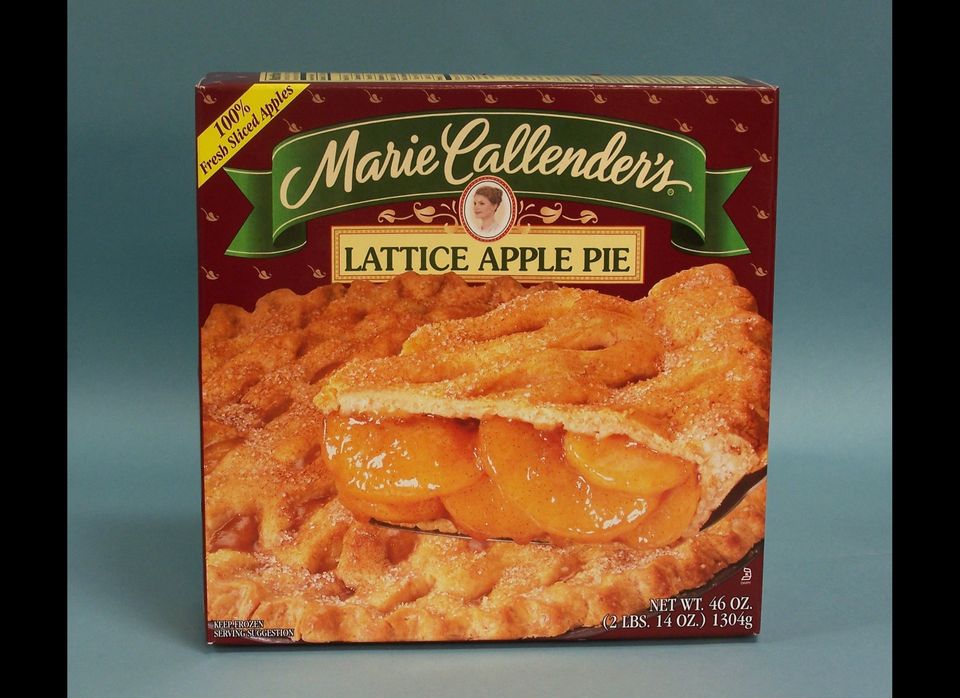
When in 2006 new federal regulations required a line for trans fat on Nutrition Facts labels, food manufacturers raced to reduce or eliminate partially hydrogenated oil -- the source of that nasty fat -- from their pie crusts, pastries, microwave popcorns, frozen French fries and other foods. Most big restaurant chains followed suit and replaced the partially hydrogenated oil in their fryers with healthier oils.
Artificial trans fat is a problem because it promotes heart disease -- even more so than saturated fat. Trans fat raises one's LDL, or "bad" cholesterol, and lowers HDL, the "good" cholesterol that protects against heart disease.
Unfortunately, not all companies got the memo. We surveyed the marketplace and found unsafe levels of trans fat in a number of products you might have in your refrigerator or cupboard... or at a favorite restaurant. The Center for Science in the Public Interest has asked the Food and Drug Administration to get rid of partially hydrogenated oil altogether. In the meantime, we suggest avoiding products like these.
To put these numbers into context, consider that the American Heart Association recommends limiting trans fat intake to no more than 2 grams per day. That's about as much as one might get from the naturally occurring trans fat in milk and meat, leaving very little room for the artificial kind in these foods. If you spy partially hydrogenated oil in the ingredients list, put the package down and find another product.
